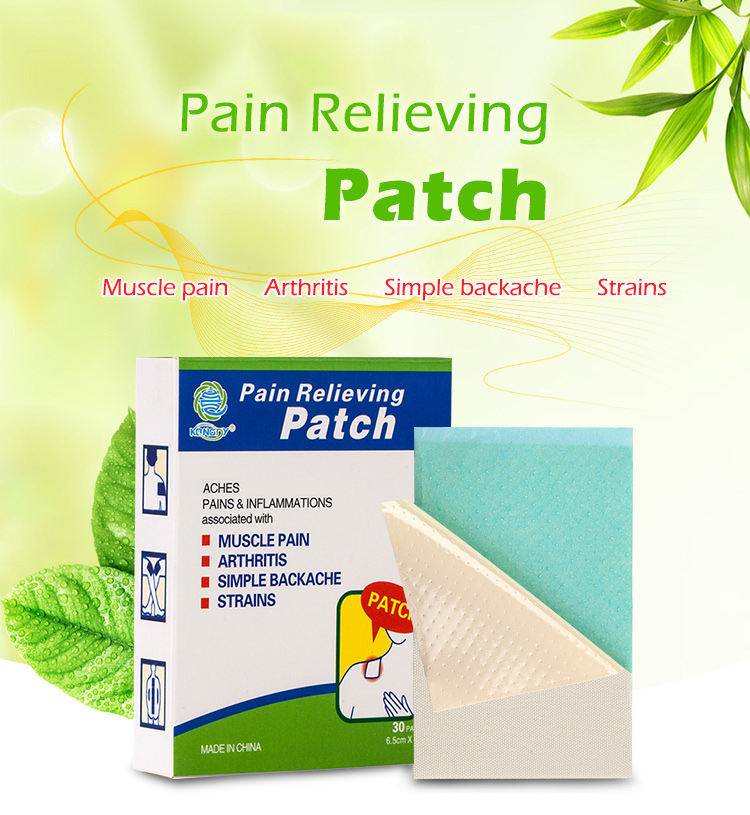Author:Kangdi 28-05-2024
Back pain patches have gained popularity as a convenient and targeted method for managing discomfort and promoting healing. These adhesive patches, infused with pain-relieving ingredients, offer a non-invasive alternative to traditional treatments. However, to maximize their effectiveness and ensure safe usage, it's essential to understand the proper application and usage of back pain patches.
01. Site Selection and Preparation
Before applying a back pain patch, it's crucial to identify the precise area of discomfort. This will ensure that the active ingredients are delivered directly to the source of pain. Thoroughly clean and dry the application site, removing any lotions, oils, or potential contaminants. This step is essential for optimal adhesion and absorption of the patch's ingredients.
02. Application Technique
Most back pain patches come with detailed instructions for proper application. Follow these guidelines carefully, as improper placement or technique can compromise the patch's effectiveness. Typically, the patch should be applied to clean, dry, and intact skin, avoiding areas with open wounds, rashes, or excessive hair growth. Ensure the patch is firmly adhered to the skin for optimal absorption.
03. Duration and Timing
Back pain patches are designed to provide relief for a specific duration, typically ranging from 8 to 12 hours. It's important to follow the recommended usage instructions and replace the patch as directed. Using a patch for an extended period beyond the recommended timeframe may increase the risk of skin irritation or other adverse effects.
04. Hydration and Activity Levels
Staying well-hydrated can enhance the absorption and effectiveness of back pain patches. Drinking plenty of water throughout the day can help facilitate the delivery of the active ingredients to the affected area. Additionally, engaging in light physical activity or gentle stretching can promote circulation and potentially enhance the patch's performance.
05. Combining with Other Treatments
Back pain patches can be used in conjunction with other pain management strategies, such as hot or cold therapy, exercise, or over-the-counter medications. However, it's essential to consult with a healthcare professional before combining treatments to avoid potential interactions or adverse effects.
06. Monitoring and Precautions
While back pain patches are generally considered safe for most individuals, it's important to monitor for any signs of skin irritation, redness, or allergic reactions. Discontinue use immediately if any adverse effects occur and seek medical advice if necessary. Additionally, individuals with certain medical conditions or those taking specific medications should exercise caution and consult with a healthcare professional before using back pain patches.
07. Proper Disposal
After use, back pain patches should be disposed of safely and according to the manufacturer's instructions. Avoid flushing them down the toilet or discarding them in an unsafe manner, as they may contain residual active ingredients that could be harmful to the environment or others.
By following these guidelines and using back pain patches correctly, individuals can maximize their effectiveness and potentially experience significant relief from discomfort. However, it's important to remember that back pain patches should be used as part of a comprehensive pain management strategy and in consultation with a healthcare professional, especially for chronic or severe cases of back pain.
 0086 19937104978
0086 19937104978





